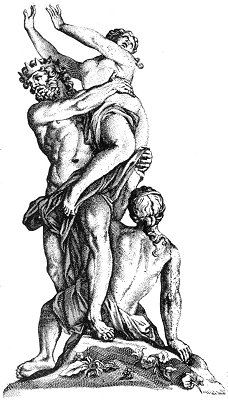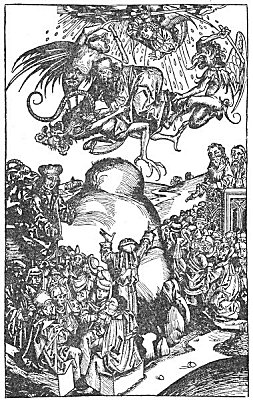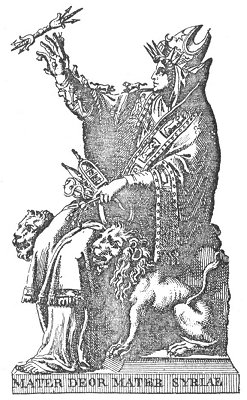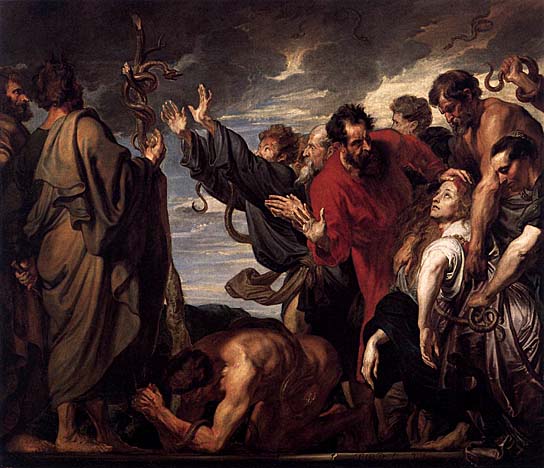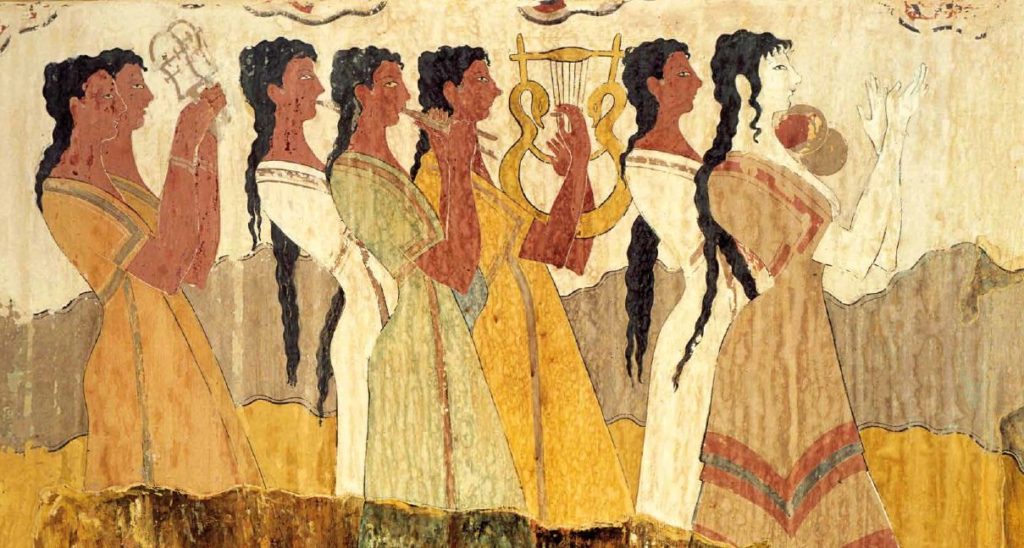And yet the Druzes may be said to belong to one of the least esoteric of secret societies. There are others far more powerful and learned, the existence of which is not even suspected in Europe. There are many branches belonging to the great “Mother Lodge” which, mixed up with certain communities, may be termed secret sects within other sects. One of them is the sect commonly known as that of Laghana-Sastra. It reckons several thousand adepts who are scattered about in small groups in the south of the Dekkan, India. In the popular superstition, this sect is dreaded on account of its great reputation for magic and sorcery. The Brahmans accuse its members of atheism and sacrilege, for none of them
Page 316
will consent to recognize the authority of either the Vedas or Manu, except so far as they conform to the versions in their possession, and which they maintain are professedly the only original texts; the Laghana-Sastra have neither temples nor priests, but, twice a month, every member of the community has to absent himself from home for three days. Popular rumor, originated among their women, ascribes such absences to pilgrimages performed to their places of fortnightly resort. In some secluded mountainous spots, unknown and inaccessible to other sects, hidden far from sight among the luxurious vegetation of India, they keep their bungalows, which look like small fortresses, encircled as they are by lofty and thick walls. These, in their turn, are surrounded by the sacred trees called assonata, and in Tamul arassa maram. These are the “sacred groves,” the originals of those of Egypt and Greece, whose initiates also built their temples within such “groves” inaccessible to the profane.
It will not be found without interest to see what Mr. John Yarker, Jr., has to say on some modern secret societies among the Orientals. “The nearest resemblance to the Brahmanical Mysteries, is probably found in the very ancient ‘Paths‘ of the Dervishes, which are usually governed by twelve officers, the oldest ‘Court’ superintending the others by right of seniority. Here the master of the ‘Court’ is called ‘Sheik,‘ and has his deputies, ‘Caliphs,’ or successors, of which there may be many (as, for instance, in the brevet degree of a Master Mason). The order is divided into at least four columns, pillars, or degrees. The first step is that of ‘Humanity,’ which supposes attention to the written law, and ‘annihilation in the Sheik.‘ The second is that of the ‘Path,’ in which the ‘Murid,’ or disciple, attains spiritual powers and ‘self-annihilation’ into the ‘Peer’ or founder of the ‘Path.’ The third stage is called ‘Knowledge,’ and the ‘Murid‘ is supposed to become inspired, called ‘annihilation into the Prophet.’ The fourth stage leads him even to God, when he becomes a part of the Deity and sees Him in all things. The first and second stages have received modern subdivisions, as ‘Integrity,’ ‘Virtue,’ ‘Temperance,’ ‘Benevolence.’ After this the Sheik confers upon him the grade of ‘Caliph,’ or Honorary Master, for in their mystical language, ‘the man must die before the saint can be born.’ It will be seen that this kind of mysticism is applicable to Christ as founder of a ‘Path.’ ”
To this statement, the author adds the following on the Bektash Dervishes, who “often initiated the Janizaries. They wear a small marble cube spotted with blood. Their ceremony is as follows: Before reception a year’s probation is required, during which false secrets are
Page 317
given to test the candidate; he has two godfathers and is divested of all metals and even clothing; from the wool of a sheep a cord is made for his neck, and a girdle for his loins; he is led into the centre of a square room, presented as a slave, and seated upon a large stone with twelve escallops; his arms are crossed upon his breast, his body inclined forward, his right toes extended over his left foot; after various prayers he is placed in a particular manner, with his hand in a peculiar way in that of the Sheik, who repeats a verse from the Koran: ‘Those who on giving thee their hand swear to thee an oath, swear it to God, the hand of God is placed in their hand; whoever violates this oath, will do so to his hurt, and to whoever remains faithful God will give a magnificent reward.’ Placing the hand below the chin is their sign, perhaps in memory of their vow. All use the double triangles. The Brahmans inscribe the angles with their trinity, and they possess also the Masonic sign of distress as used in France.”

Moe is the founder of GnosticWarrior.com. He is a father, husband, author, martial arts black belt, and an expert in Gnosticism, the occult, and esotericism.


